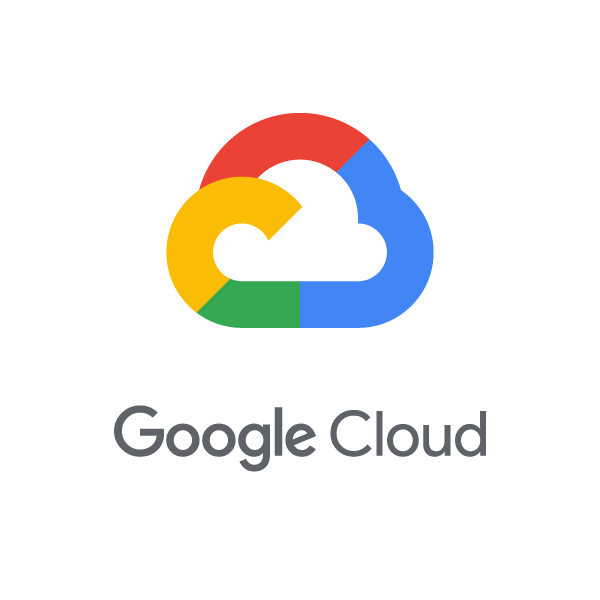- Learning Path Libraries: This path is only available in the libraries listed. To access this path, purchase a license for the corresponding library.
- AI
- Cloud
- Data
Data Engineering on Google Cloud
7 Courses
7 Hours
Skill IQ
This path provides participants a hands-on introduction to designing and building data processing systems on Google Cloud Platform. Through a combination of presentations, demos, and hand-on labs, participants will learn how to design data processing systems, build end-to-end data pipelines, analyze data and derive insights. The courses cover structured, unstructured, and streaming data.
Content in this path
Data Engineering on Google Cloud
Try this learning path for free
Access this learning path and other
top-rated tech content with a free
trial.
What You'll Learn
- This path teaches the following skills
- Design and build data processing systems on Google Cloud Platform
- Lift and shift your existing Hadoop workloads to the Cloud using Cloud Dataproc.
- Process batch and streaming data by implementing autoscaling data pipelines on Cloud Dataflow
- Manage your data Pipelines with Data Fusion and Cloud Composer.
- Derive business insights from extremely large datasets using Google BigQuery
- Learn how to use pre-built ML APIs on unstructured data and build different kinds of ML models using BigQuery ML.
- Enable instant insights from streaming data
Prerequisites
- Participants should have experience with one or more of the following:
- • A common query language such as SQL
- • Extracting, Loading, Transforming, cleaning, and validating data
- • Designing pipelines and architectures for data processing
- • Integrating analytics and machine learning capabilities into data pipelines
- • Querying datasets, visualizing query results and creating reports
Related topics
- BigQuery
- Dataflow
- Dataproc
- ML APIs
- Data Fusion
- Bigtable
Not sure where to start?
With over 500 assessments to choose from, you can see where your skills
stand and receive adaptive learning recommendations to fill knowledge gaps in as little as 10 minutes.

